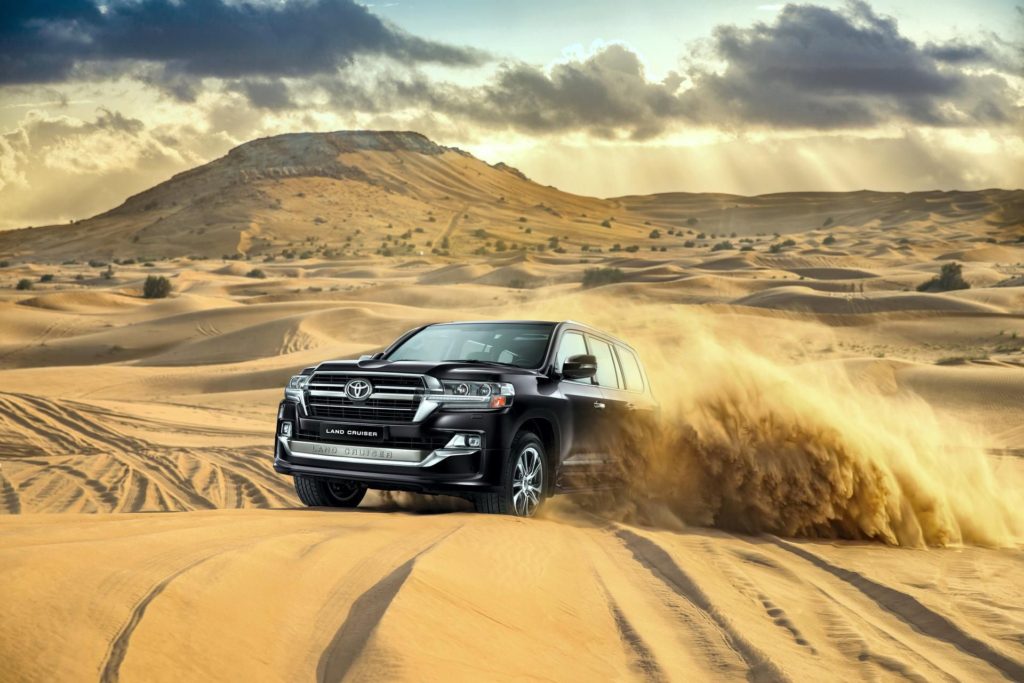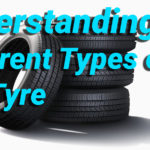Contrary to that, despite the diversity of the vehicle market in the United Arab Emirates, the majority of the people are always ready to purchase their soulmate cars from overseas.
Whether you are an owner of your favorite auto model in your country, and you intend to import it to the UAE, or you are seeking a new car and did not manage to find a good example in the market of the UAE, here are some guidance for you along with the pros and cons of imported automobiles in the UAE.
What Do Gulf Specifications Mean in a Car? And Why Do I Care?
The Gulf countries put in stringent manufacturing standards for the automobiles, which are strictly implemented. Hence, the first thing that you need to look into when buying and selling a car in Dubai, is that it has the Gulf specification.
Cars manufactured in countries with low temperatures or tropical countries perform best in cold weather, unlike a car with Gulf specifications, which can withstand extreme heat because it has the following differences:
- Car Radiator
To operate efficiently when the temperature is very high, cars with Gulf specifications have larger coolants than other cars.
Radiators dissipate heat by passing it through the coolant in the engine, an essential aspect that keeps the vehicle running normally. While radiators aren’t particularly cheap, they’re still cheaper than a new engine.
Thus a radiator of good quality is what a beginner should buy. A circulation process is organized through a centrifugal pump, which sends the hot coolant to a radiator. The air flowing through it cools the coolant even more. The deepened liquid back to the engine where the process start once again.
- Air conditioner
Gulf specifications mean air conditioner units that withstand continuous hours of operation without heating the engine, especially during extreme temperatures.
When the weather is hot, very hot, a car trip can quickly become a real ordeal. To get the best function of your car’s air conditioner, follow these steps:
- When you enter your vehicle, do not rush on the “air co” button immediately. The first kilometers, better to drive with opened windows, and the ventilation activated fully. Your compressor, which provides you with fresh air, will thank you for taking care of it. Besides, the car value will increase when maintaining the conditioner.
- Once the interior of the passenger compartment has cooled, close all the windows by the time you turn on the cold air.
- Keep your cabin filter clean.
- Turn off the A/C before switching off the car’s engine.
- Corrosion Control
The high humidity in the UAE leads to the rapid corrosion of the iron of the car. The Gulf specifications include a sophisticated material on the car body to protect it from rust.
For the bodywork, corrosion protection consists of modern metal protective coatings on the metal, a high-quality painting procedure, separating plastic components, anti-friction protection, and additional liquid corrosion protection in exposed areas.
This combination ensures that the body does not suffer the effects of corrosion over time. For the chassis, the exposed suspension components are made of corrosion-resistant aluminum.
- Oil and air filtration
Filtration systems can withstand the pressure of excessive dirt and sand. That way, you can drive in the desert without worries.
- The air filter is used to prevent dust particles from the air without decreasing the air inflow to the engine. It is a very significant element to include so that the fuel-air mixture would be in the best form.
- Even though the oil filter is relatively small, it is still important for the overall functioning of engine because it filters out impurities. Of the many mechanical parts among which the oil filter is on the highest rank the ones that are very important for a good car’s operation as well.
Pros and Cons of Imported Cars in UAE

Pros
- Money-saving
Sometimes when you buy a car in a different currency, this leads to saving some money. For this reason, some prefer the imported cars because they may be cheaper than the cars in the UAE.
- Car’s age doesn’t matter
In contrast to most of the other Gulf countries, the UAE does not require any certain conditions such as the allocation of cars to particular ages.
- The practice of buying a used car has observed a tremendous growth in the UAE
If you are the one who just wants to sell your car, which you used for a couple years, there won’t be any headache you might face when selling it in the UAE since the used car market has grown considerably this past year.
Cons
- The 90° position difference of the steering wheel between both countries allowed me no choice but to be cautious.
Regarding the left side of the car as the steering wheel and doing the registration in UAE. One example is, the law of Dubai prescribes that drivers drive using the right-hand side of the road, which makes it possible for you to acquire any type of car but you can’t use it (drive in) if it’s not compatible with the road (side to which cars are moving).
- Corrosion of the chassis
Imported cars that do not have the Gulf specifications are subject to car chassis rust, overheating, or engine failure. This will force you to modify the specifications to match the UAE weather. However, buying a car with Gulf specifications is cheaper than modifying the specifications of a regular car.
- High customs duties
Customs duties are equivalent to 5% of the car’s value in the UAE market, which is determined by Dubai Customs when the car arrives at the airport.
After you pay these fees, you will receive a vehicle clearance certificate, which costs 4,700 AED, in addition to 800 AED for inspection work.
It is worth mentioning that customs duties vary depending on the country from which the vehicle was shipped.
UAE is famous for its extravagant cars and good user experience on the roads. If you comply with the driving law there, you will have no problems at all. Drive safe and enjoy!




